The World’s Fastest-Growing Airlines
They may not be on your radar just yet, but these 10 airlines are gobbling up every new aircraft that Airbus and Boeing can throw at them, leaving the world’s legacy carriers floundering in the tailwind. Not only are they shaking up established markets, but they’re also capitalizing on emerging ones and undercutting the competition with lower costs. These 10 carriers are, without a doubt, commercial aviation’s rising stars.
Lion Air

First, Lion Air gave Boeing its largest-ever commercial order when it finalized a $22.4 billion deal for 201 737 Max planes and 29 extended-range 737-900s in 2012. Then, in 2013, the rapidly-expanding Indonesian carrier announced yet another record order worth $24 billion, this time with Airbus for 234 medium-range A320s. In operation since 2000, the carrier based in Jakarta has quickly become one of Asia’s fastest-growing airlines, catering to the burgeoning market for air travel in the world’s fourth most populous country.
Norwegian Air Shuttle
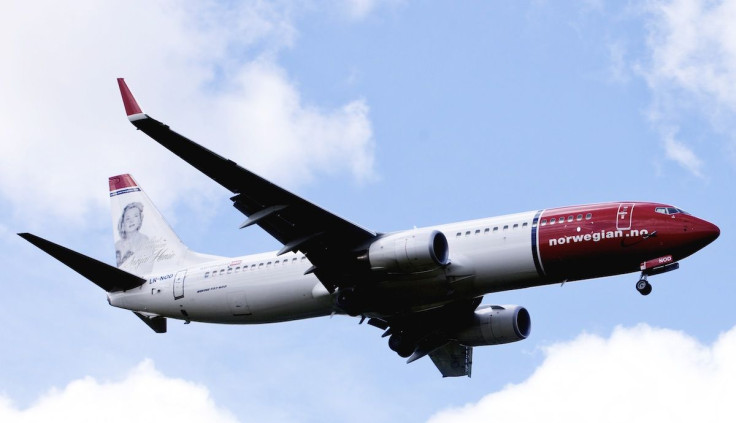
In 2008, Norwegian Air Shuttle had just 40 aircraft serving 87 destinations on 170 routes. Five years later in 2013, the low-cost carrier amassed 85 aircraft, 126 destinations and 391 routes and had expanded from its base in Scandinavia across Europe to North Africa, Southeast Asia and North America. Norwegian’s capacity growth (ASK) in 2013 was an impressive 32 percent, easily making it one of the fastest growing airlines in the world. Its upward trajectory doesn’t stop there; Norwegian has a staggering 271 undelivered aircraft on firm order, including 60 Boeing 737-800s, 100 Boeing 737 Max planes, 100 Airbus A320neos and 11 Boeing 787 Dreamliners.
IndiGo
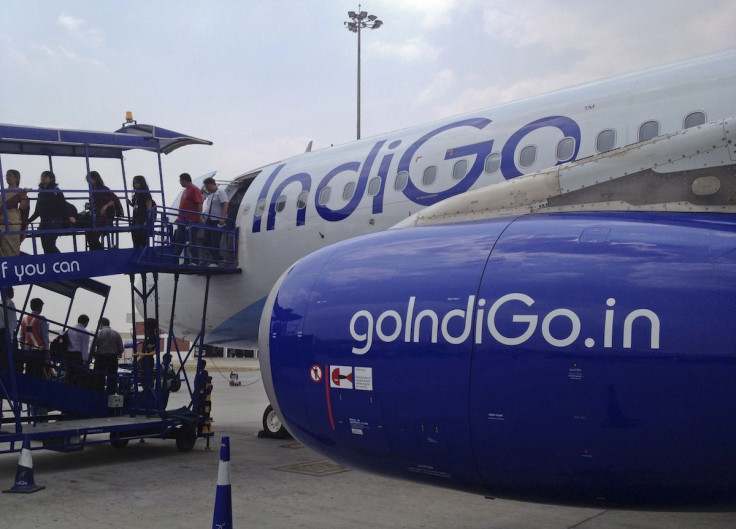
IndiGo has a fleet of 78 Airbus A320-200s, but it’s already India’s largest domestic carrier by market share. The eight-year-old low-cost carrier plans to double its fleet by the end of the decade en route to becoming “a 1,000-plane operator” and is rumored to be in negotiations with aircraft makers to place an order for 200 to 250 new jets. That's in addition to the 191 Airbus A320 Family planes it expects to be delivered between 2016 and 2025. A recent report from CAPA Center for Aviation and SITA forecast that the number of air passengers in India would triple to 425 million by 2020, and IndiGo hopes to have the infrastructure in place to meet the demand.
Spirit Airlines
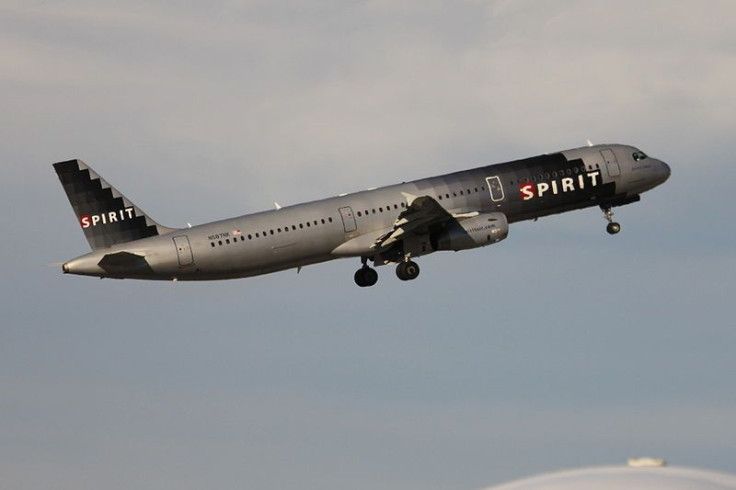
It’s the most complained-about airline in the United States, but it’s also the most profitable and fastest-growing. Spirit Airlines -- which charges for everything from seat selection to a glass of water -- has an all-Airbus fleet of 56 aircraft at the moment, but with 113 more on order (including A319s, A320s and A321s), Spirit is gearing up for a major expansion. The ultra low-cost carrier specializes in ushering American leisure travelers to sunnier climes, and flies to 52 destinations throughout Central America, South America, the Caribbean and the U.S., with a base in Fort Lauderdale, Fla., and focus cities in Las Vegas, Detroit, Dallas-Fort Worth, Atlantic City and Chicago O’Hare.
Virgin Australia

Virgin Australia is in the midst of a five-year strategy “to bring competition to all sectors of the Australian aviation market,” which was formerly dominated by flag-carrier Qantas. The airline launched as a low-cost carrier called Virgin Blue in 2000 with two aircraft operating on a single route, but was propelled into the position of Australia’s second airline after Ansett Australia collapsed in 2001. It ditched the “no frills” approach, rebranded as a “New World Carrier,” and now operates a fleet of 135 aircraft, serving 63 destinations at home and abroad.
Turkish Airlines
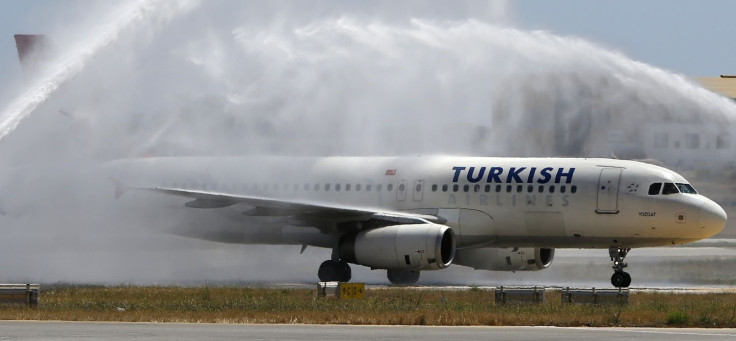
Turkish Airlines forged ahead with its rapid expansion plans last year when it announced that it would add 117 new Airbus airplanes to its fleet by 2015, bringing the fleet total to 375. The new planes include 25 A321-200s, 4 A320neos, and 88 A321neos. They will help the airline to expand what is already the world’s largest international network, serving 224 destinations in 105 countries from the providentially located hub of Istanbul, the historic bridge between the East and West. Turkish Airlines hopes to out-compete its ever-eager Middle Eastern rivals and make Istanbul a global aviation hub.
Vueling Airlnes
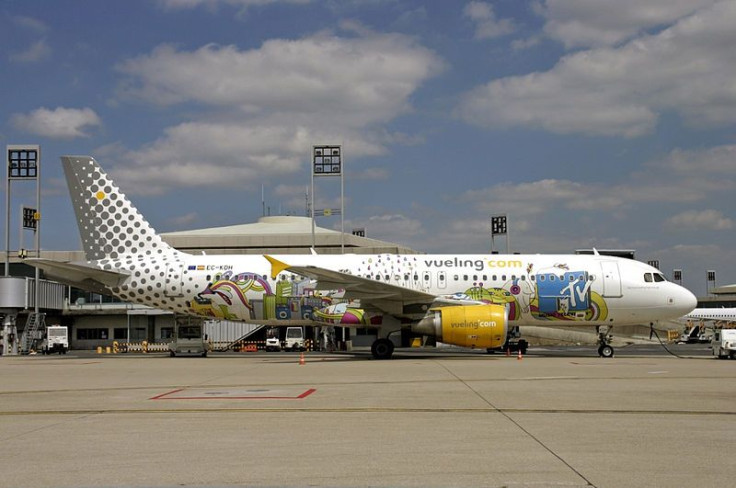
From a fleet of two Airbus A320s flying four routes in 2004, to a fleet of 90 aircraft and more than 285 routes in 2014, Vueling has come a long way in its first decade. In fact, it’s now the third biggest low-cost carrier in Europe behind Ryanair and easyJet. It's also the fastest-growing member of International Airlines Group, the parent company of British Airways and Iberia. The low-cost Spanish airline is expected to receive the lion’s share (up to 120) of the 220 Airbus A320 short-haul aircraft IAG ordered in August for $20 billion. The new planes will join Vueling’s growing fleet between 2015 and 2020.
All Nippon Airways

What do you do when your country is gearing up to host the Summer Olympics in six years? If you’re All Nippon Airways, you place a $16 billion bet that there will be a dramatic rise in travel demand. Japan’s largest carrier made a record order last month for a mix of 30 planes from Airbus and 40 from Boeing to help grow its fleet to 250 aircraft between 2016 and 2027. The largest-ever expansion in the airlines’ history, ANA hopes to help the Japanese government reach its goal of boosting the annual number of foreign visitors to 20 million by 2020.
Pegasus Airlines
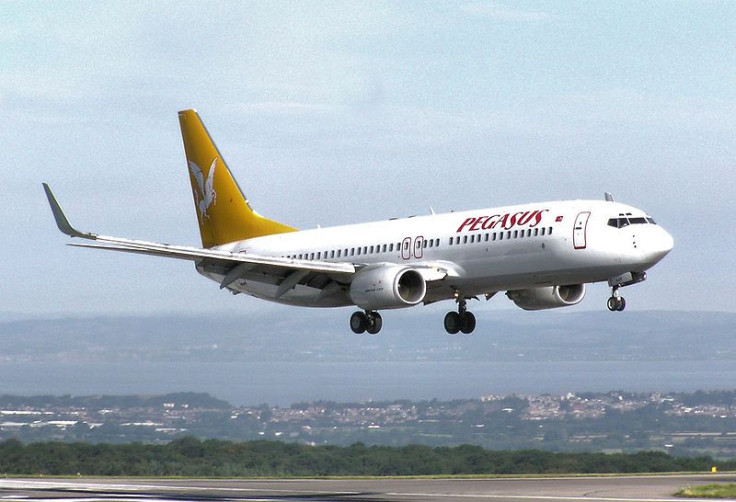
Turkish low-cost carrier Pegasus Airlines continued its double-digit growth in 2013, increasing revenue by 25 percent year-on-year and extending its flight network to 13 new destinations, bringing the total to 76 destinations in 30 countries. Pegasus was named by the Official Airline Guide as the fastest-growing airline of Europe’s 25 largest in terms of seat capacity in 2011 and 2012. At the time, it made what was the single largest aircraft order in Turkish civil aviation history for 100 new Airbus aircraft valued at $12 billion.
Emirates
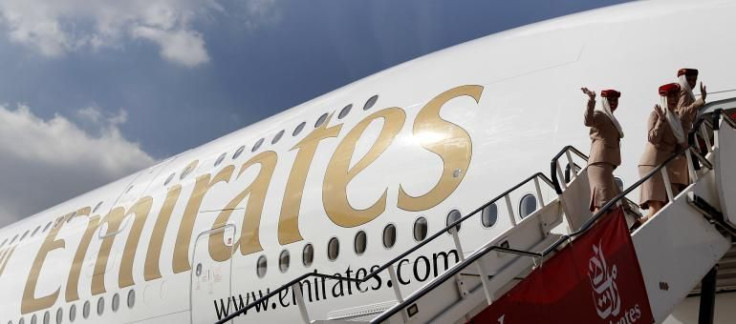
When one thinks of explosive growth in the aviation industry, the first airline to come to mind is Emirates, now the world’s fourth largest by international traffic. Wholly owned by the Government of Dubai, Emirates began with two leased jets in 1985 and now flies a fleet of 200 aircraft to more than 140 destinations in 74 countries. It’s the world’s largest operator of both the Boeing 777 and Airbus A380. Emirates also rewrote all records in civil aviation at the Dubai Airshow int November, with a $76 billion order for 150 Boeing 777Xs and a $23 billion order for 50 additional Airbus A380s. Those purchases complement similar record-breaking aircraft orders at the 2011 Dubai Airshow, signaling Emirates’ unwavering commitment to becoming a dominant force in global aviation.
© Copyright IBTimes 2024. All rights reserved.












